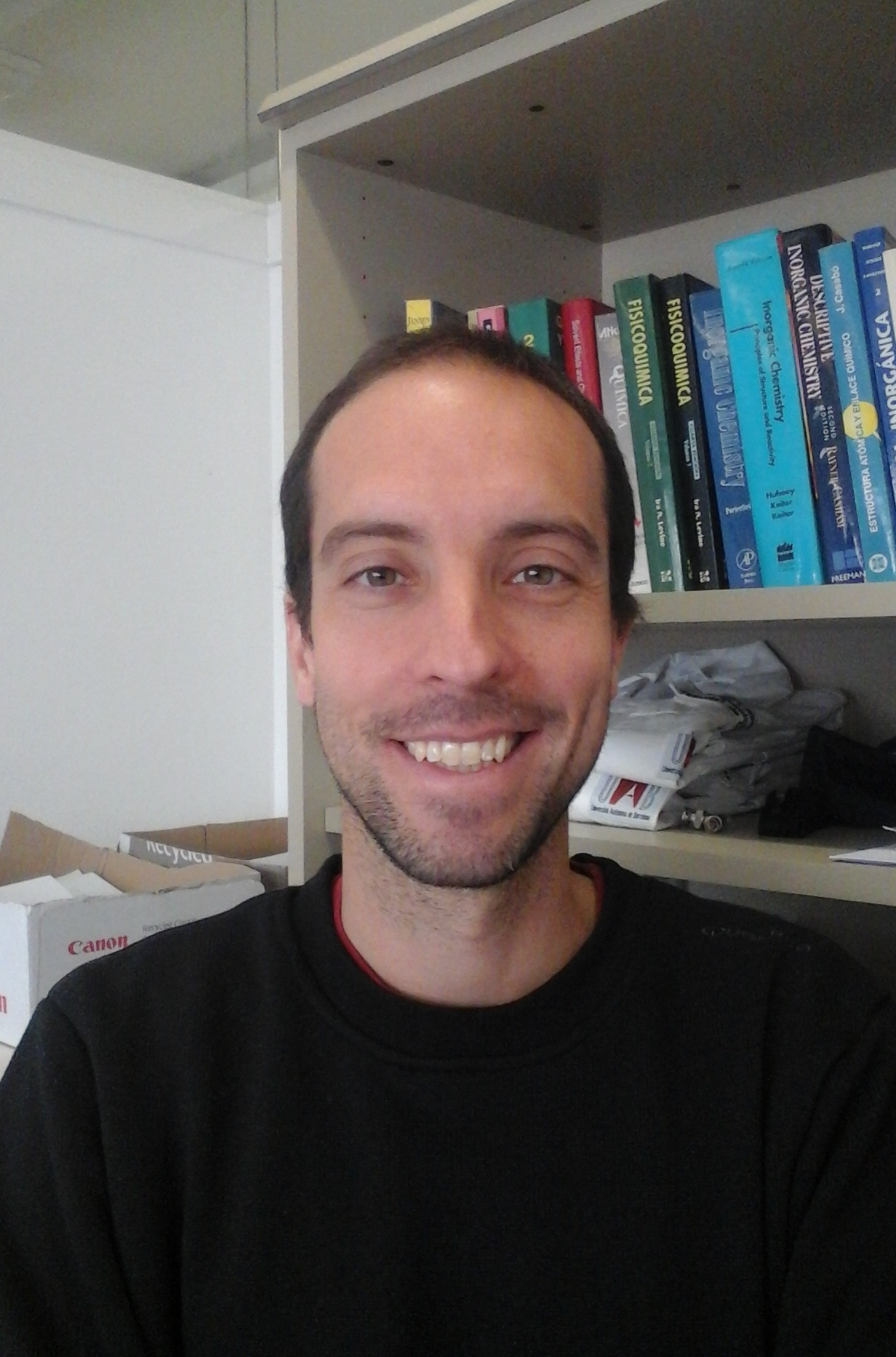Chemical Complexity in Space and Earth Induced by Solid State Surfaces. Investigations by means of Quantum Chemistry.

Formation of early Solar-type systems involves successive steps, mainly represented by the prestellar, protostellar, protoplanetary disk, and planetesimal and planet formation phases. This evolution goes hand-in-hand with an increase of the molecular complexity, in which more complex molecules form at each step [4]. The usual interpretation of the complex scenario of molecular reactions occurring in space is through a cascade of gas-phase reactions [5]. Nevertheless, it has since long recognised, with kinetic models, that gas-phase process alone cannot justify the abundance in the universe of even the simplest molecule, H2, but resort to reactions occurring on cosmic grain surfaces is mandatory to reconcile prediction with observation [6].
Accordingly, a key role of the chemical complexity is also played by cosmic solid state materials, as their surfaces provide catalytic sites that favor pivotal chemical reactions. A possible fate of the cosmic biomolecules is to reach Earth through meteorites or comets to become one of the
building blocks for the formation of the pristine biopolymers. Biopolymer formation is very difficult, as these reactions are thermodynamically disfavoured in water with high kinetic barriers [7].
However, it has been long proposed that naturally-occurring minerals could have played a key role favouring these reactions, as they present specific surface sites that can adsorb and concentrate prebiotic organic compounds [8,9]. Computational quantum chemical methods may help in clarifying possible reactive channels towards molecule formations using proper atomistic structural models of the systems (including the extended surfaces), as they allow us to characterise chemical paths along the potential energy surfaces. In the talk, we discuss few examples from our own work for simulating essential molecules and COMs on interstellar grains as well as formation of polypeptides via condensation reaction of amino acids on mineral surfaces.
Image source: uab.cat
